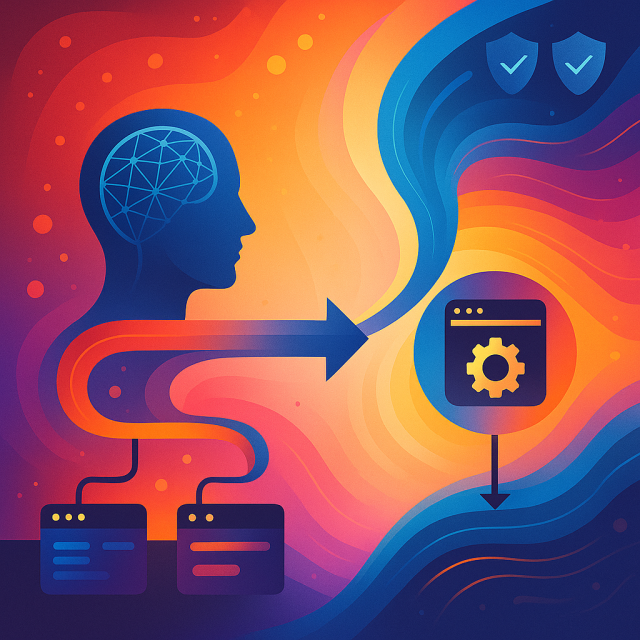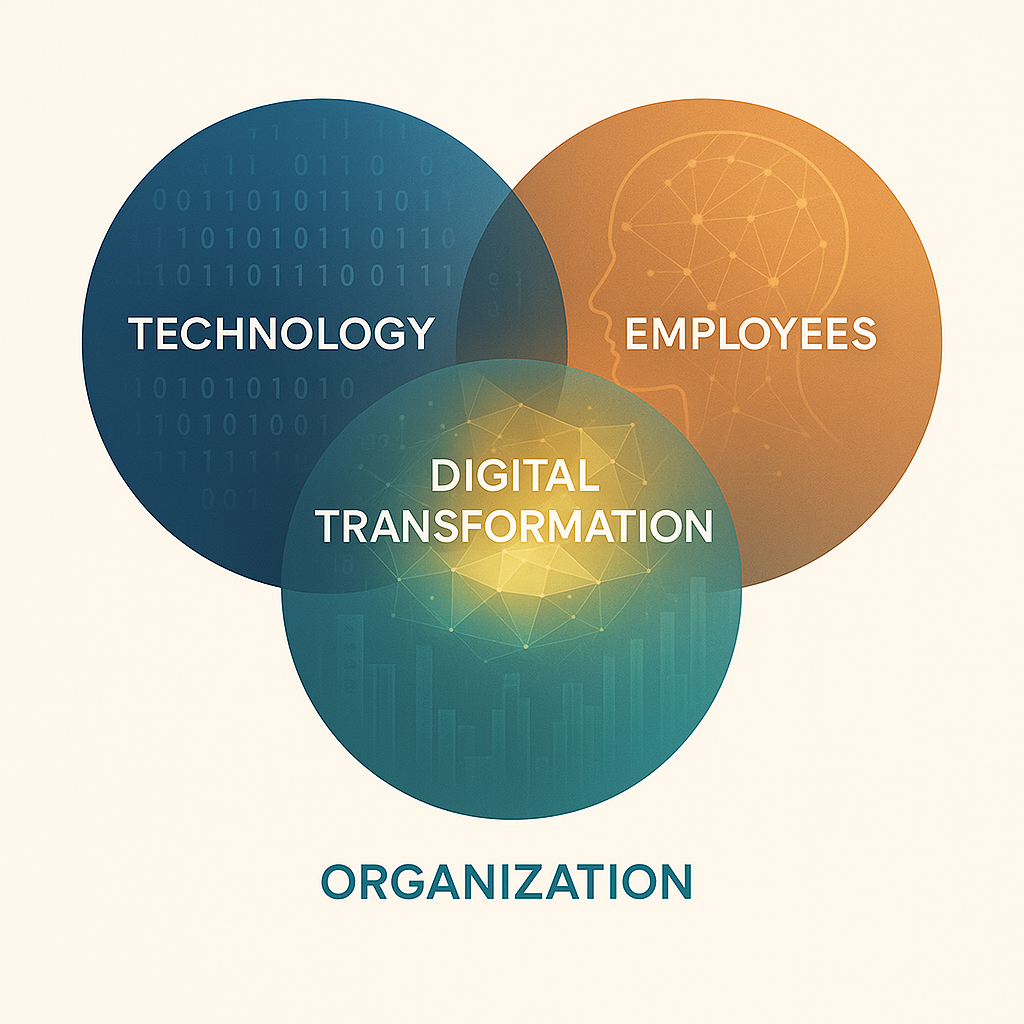Infrastructure as Code (IaC) is no longer just a buzzword—it’s the backbone of modern software delivery. Whether you’re launching a startup or running a global enterprise, IaC empowers your team to build, scale, and maintain complex infrastructure with the speed and precision of software engineering. But with so many tools out there, how do you choose the right one for your Azure projects? Therefore, I am discussing Bicep and Terraform as the main tools out there. If you’re new to IaC, imagine transforming hours of tedious portal clicking into a few lines of code—repeatable, version-controlled, and reviewable. That’s the magic…
Leave a CommentAlexander Lammers Posts
In today’s digital-first world, cloud computing has become the backbone of modern business operations. By delivering IT services over the internet, the cloud allows organizations to avoid hefty investments in hardware and infrastructure, instead providing on-demand access to scalable resources, advanced analytics, and powerful development tools. This transformation empowers companies of all sizes to innovate faster, manage big data, and adapt to changing market needs with unprecedented flexibility and cost efficiency. Azure Functions play a key role in this landscape by enabling businesses to run event-driven, serverless applications that automatically scale with demand. This means organizations can streamline processes, reduce…
Leave a CommentTL;DR: SSE vs Streamable HTTP What Changed: Old (SSE): Required permanent connections + separate /sse endpoint → connections dropped = lost everything New (Streamable HTTP): Single /message endpoint + optional session IDs → connections drop = automatic recovery Key Improvements: Reliability: Session recovery vs complete restart on disconnect Efficiency: On-demand connections vs always-on connections Compatibility: Works with all web infrastructure vs SSE-unfriendly proxies/firewalls –> Also if you want to know how to secure MCP Server with NGINX + Supergateway + Render, see our Secure MCP article on dev.to Introduction Though the Model Context Protocol (MCP) has been around for a…
Leave a CommentDeveloped in the late 1990s, the Cross-Industry Standard Process for Data Mining (CRISP-DM) remains one of the most enduring frameworks in data science. Despite being over two decades old, I am discussing this methodology here because it continues to serve as the lighthouse guiding enterprises through data transformation, converting raw information into strategic competitive advantages that drive measurable business outcomes. This classic framework has stood the test of time, establishing itself as the gold standard for data science initiatives, with nearly half of data professionals still adopting this framework for their analytics projects today. Its longevity and continued relevance stem…
Leave a CommentIn our paper published in the British Journal of Industrial Relations Kathrin Weis, Felix Lukowski and myself show how the presence of works councils affects firms’ provision of further training, particularly in the context of rapid technological change in Germany. Using detailed firm-level data from the BIBB Training Panel (2019), the study investigates both the probability that a firm offers training (extensive margin) and the share of employees participating in training (intensive margin), with a specific focus on employees in low-skilled jobs and on differences between firms with varying levels of digital technology. Key Findings The research finds that works…
Leave a CommentThe our “Navigating uncertainty: Employee participation dynamics in times of crisis” Marek Giebel and myself examine how the Global Financial Crisis (GFC) influenced the creation and dissolution of employer-led internal communication committees (ICCs) in German establishments. These committees—such as roundtable conferences or employee spokespersons—facilitate knowledge sharing and crisis management. Using data from the German IAB Establishment Panel (2004–2018), the study employs a difference-in-differences approach to analyze how crisis exposure affected ICC dynamics. Key Findings Crisis Impact on ICC Introduction Negatively affected establishments (those reporting adverse GFC impacts) were significantly more likely to introduce ICCs during the crisis response phase (2008–2009),…
Leave a CommentIn our paper “The Impact of a New Workplace Technology on Employees,” (published in the Oxford Bulletin of Economics and Statistics) Marek Giebel and myself investigate how introducing new technologies affects non-monetary working conditions—specifically overtime, training participation, and perceived labor intensity—using detailed German worker-level data from the Socio-Economic Panel (2014–2020). Our analysis reveals that these effects are most pronounced immediately after implementation and vary significantly across occupational and industrial contexts. This paper investigates the impact of the implementation of a new workplace technology on worker outcomes such as overtime, training and perceived productivity. While the effects of new technologies on…
Leave a CommentDigital transformation is the driving force behind sustainable business success in today’s fast-changing world. As I observe organizations striving to stay competitive and relevant, I consistently see three critical realms shaping the path forward: Technology, Employees, and Organization. Each acts as a pillar supporting the ultimate goal—delivering measurable economic and business impact. The Venn diagram above—an adjusted version of Hebing and Stolpe (2020)—serves as a foundational roadmap. It visually demonstrates how these three realms intersect, with Digital Transformation at the center. This framework guides the direction of this blog and all future content, ensuring a holistic approach to the topic.…
Leave a CommentOur study investigates how Germany’s Hartz IV labor market reform (implemented in 2005) reduced workers’ bargaining power and contributed to the decline of the labor share (the ratio of labor compensation to economic output). The research combines theoretical modeling with rigorous empirical analysis to demonstrate that reductions in the “outside option” (unemployment benefits) significantly decreased workers’ negotiation leverage, leading to a measurable drop in the labor share. In this paper we investigate the relevance of bargaining institutions in the decline in labor share. Several explanations for the decline exist, which consider the relevance of technology, globalization and markups. Surprisingly neglected…
Leave a CommentIn our article of “The Effects of Reforming a Federal Employment Agency on Labor Demand” by Kornelius Kraft and Alexander Lammers, we examine how the Hartz III reform of Germany’s Federal Employment Agency (FEA) influenced employment growth at the establishment level. Our focus is on understanding the real-world impact of modernizing public employment services on firms’ hiring practices and labor demand. In this paper we report the results of an empirical study on the employment growth effects of a policy intervention, explicitly aimed at increasing placement efficiency of the Federal Employment Agency in Germany. Find out more in our latest…
Leave a Comment






